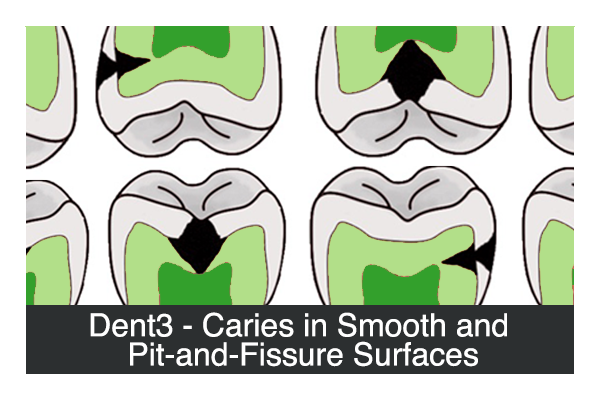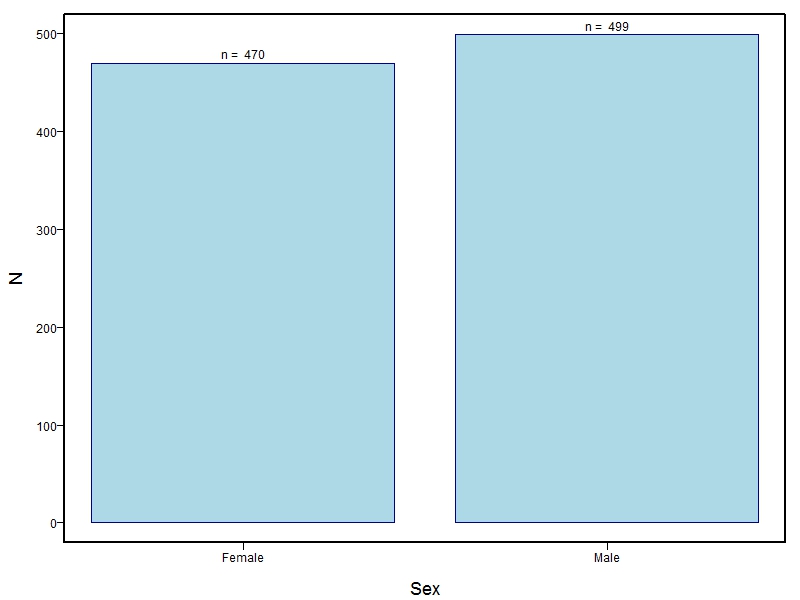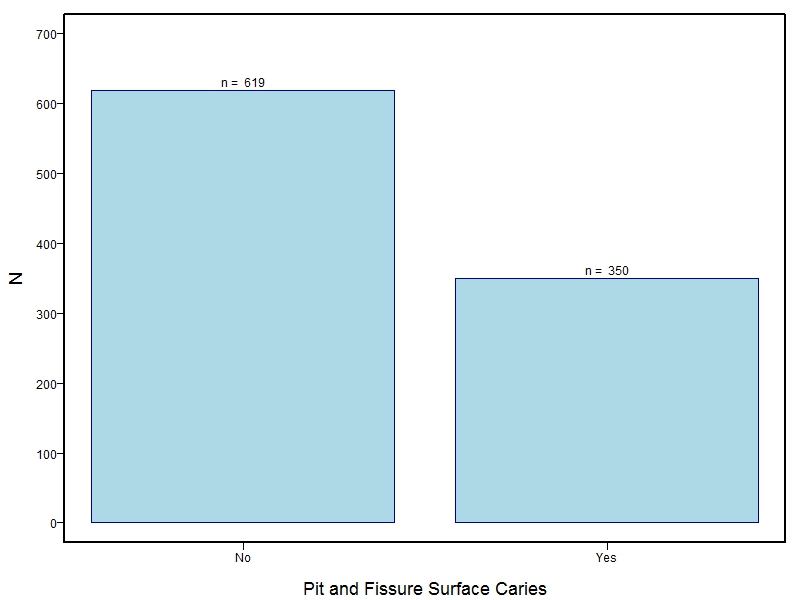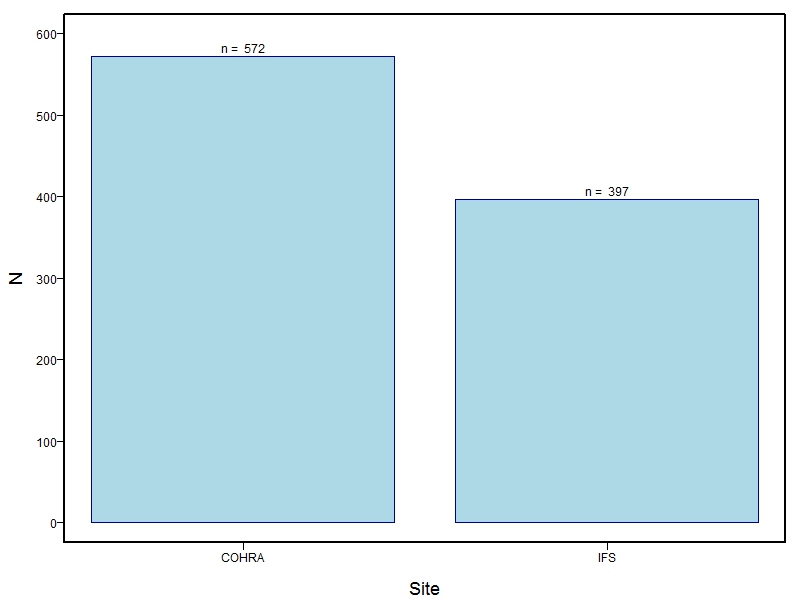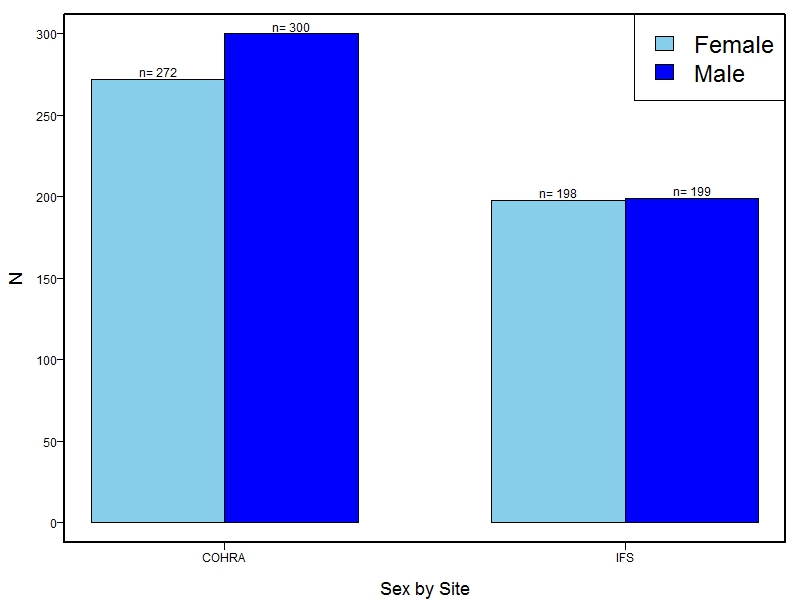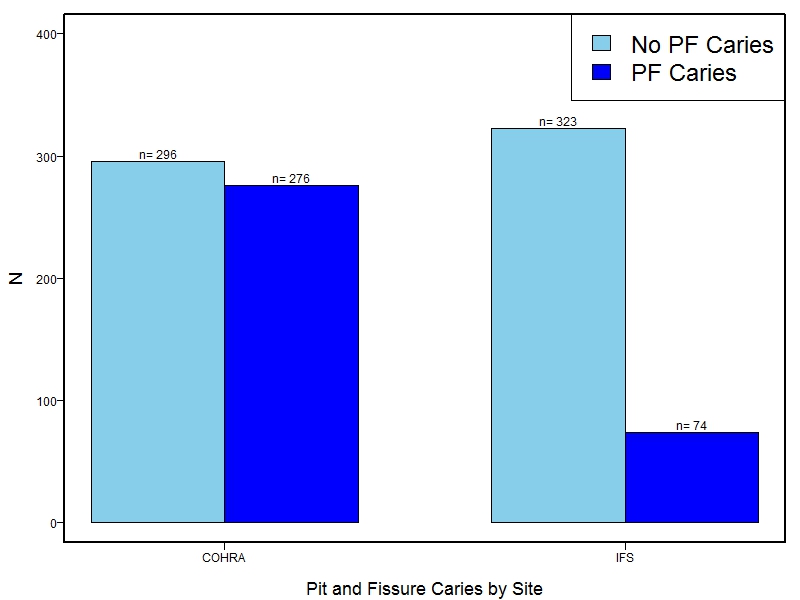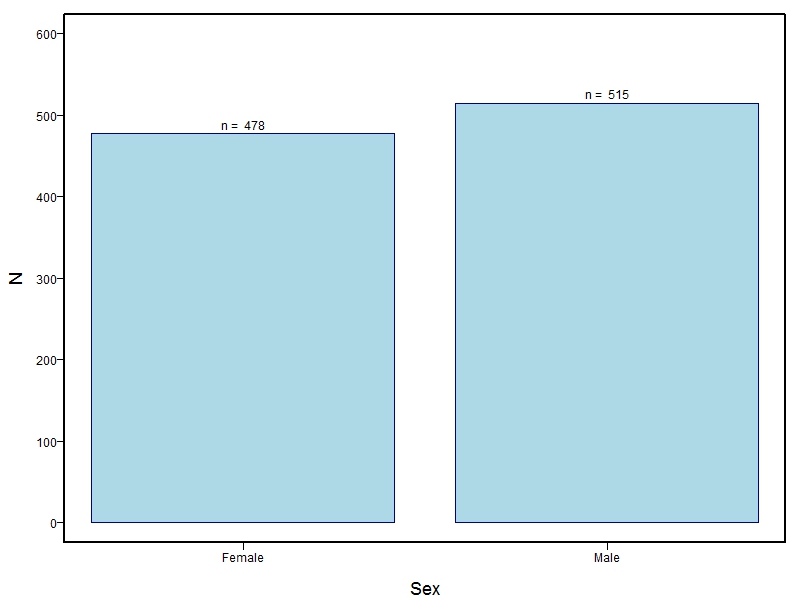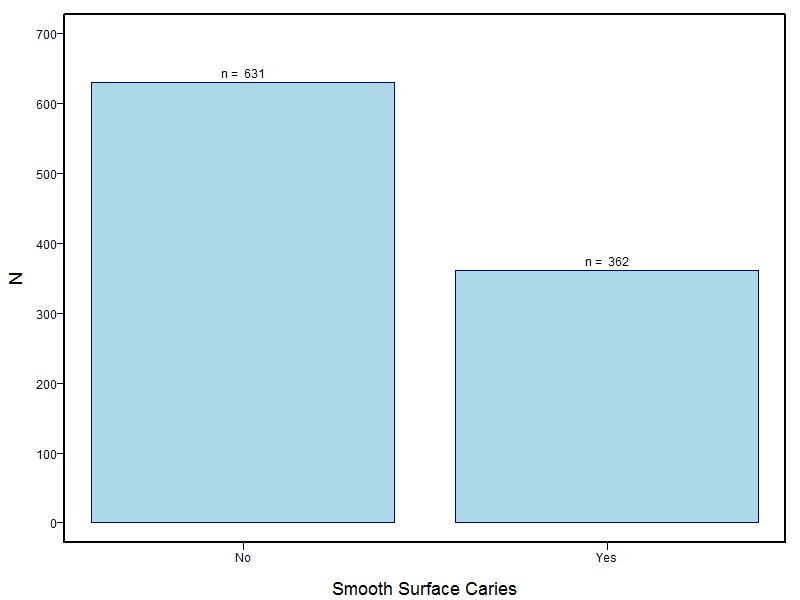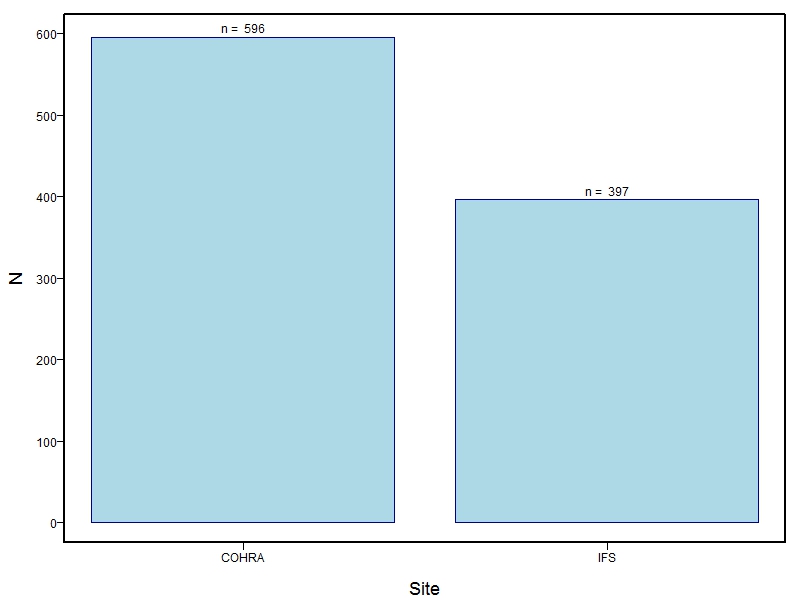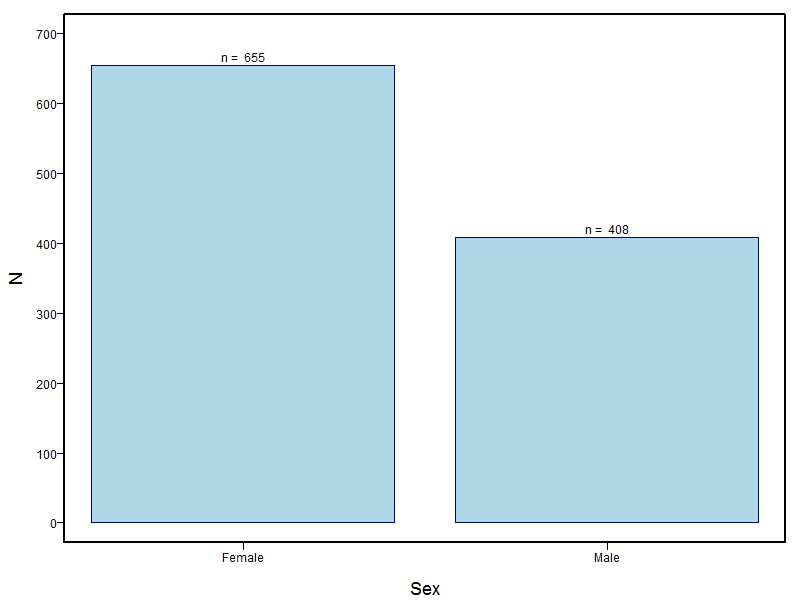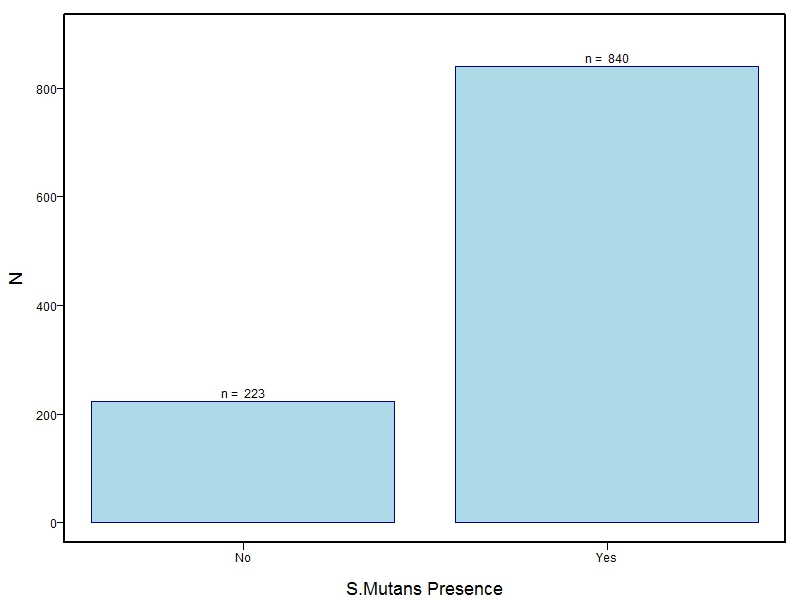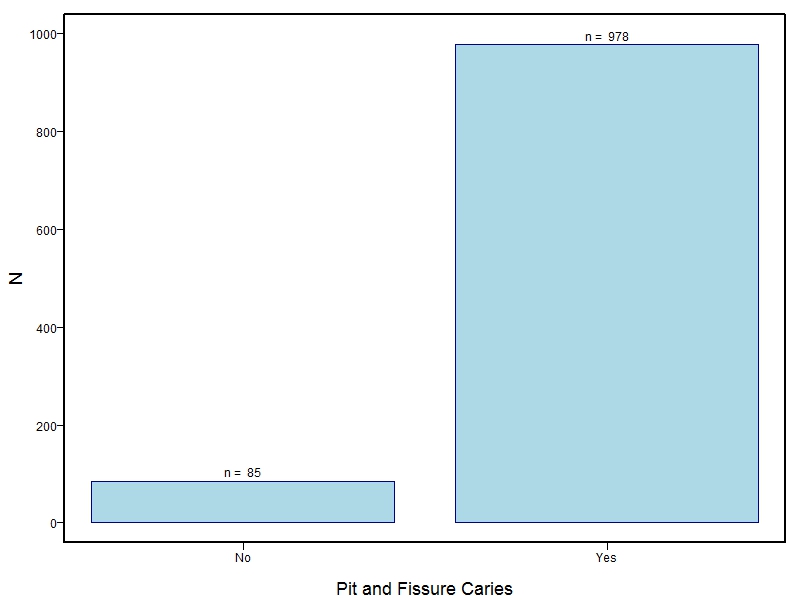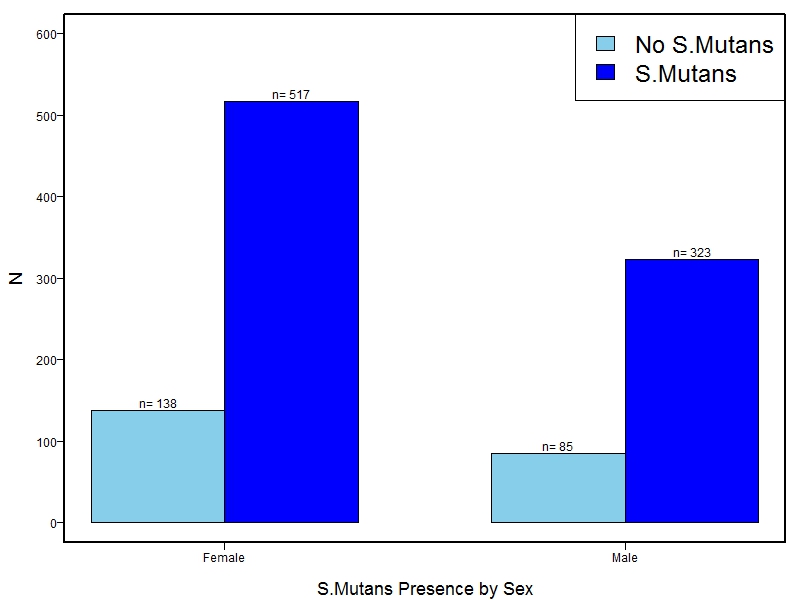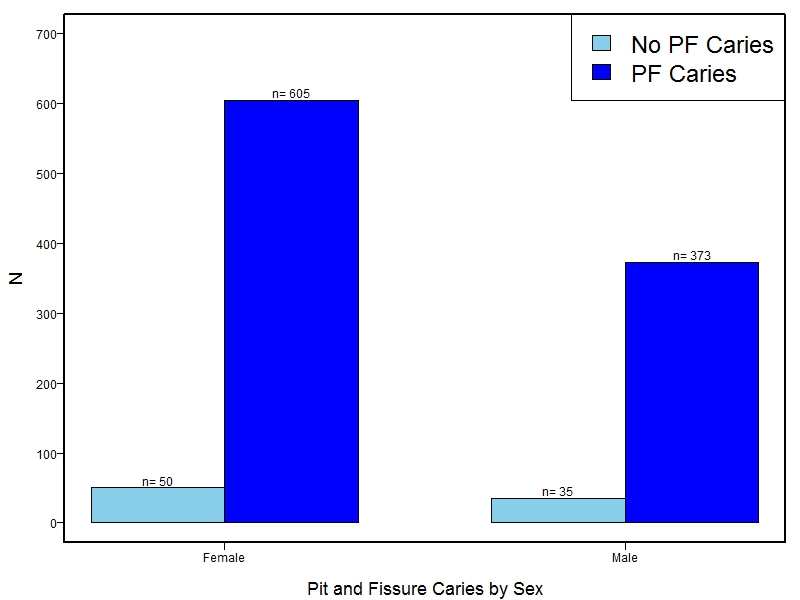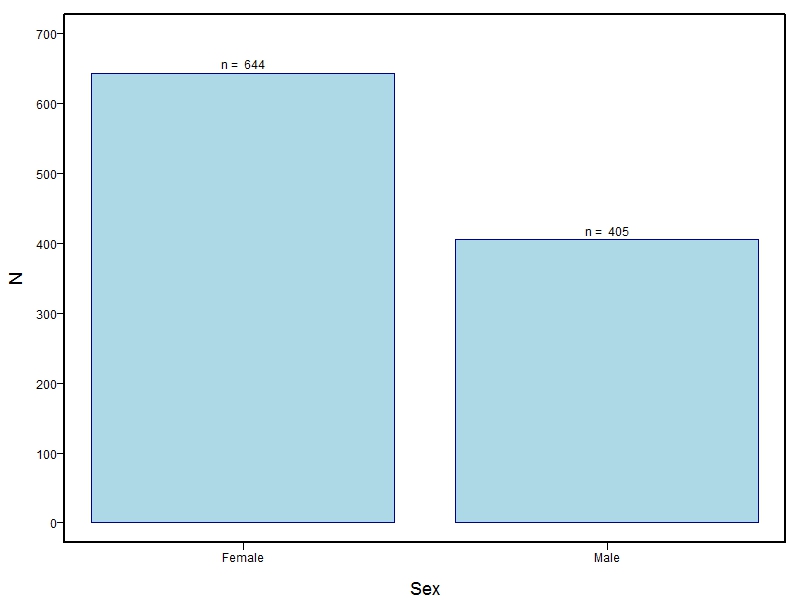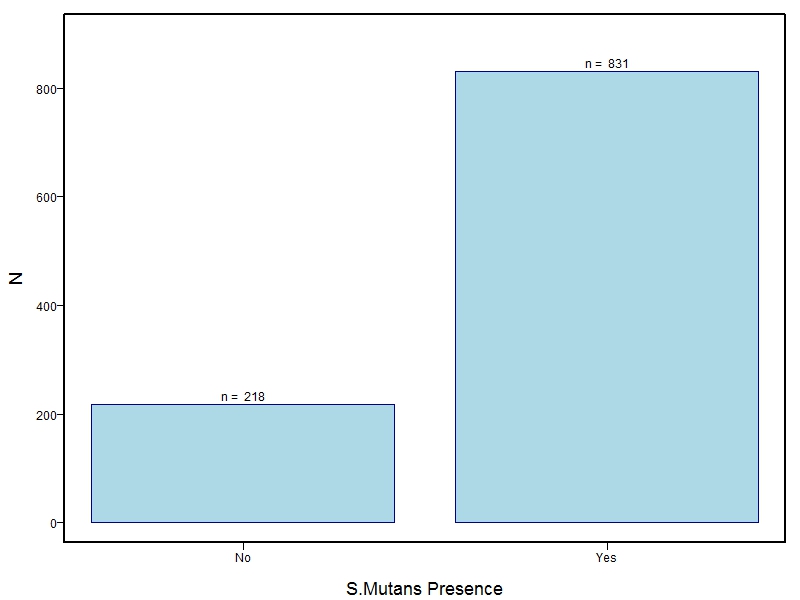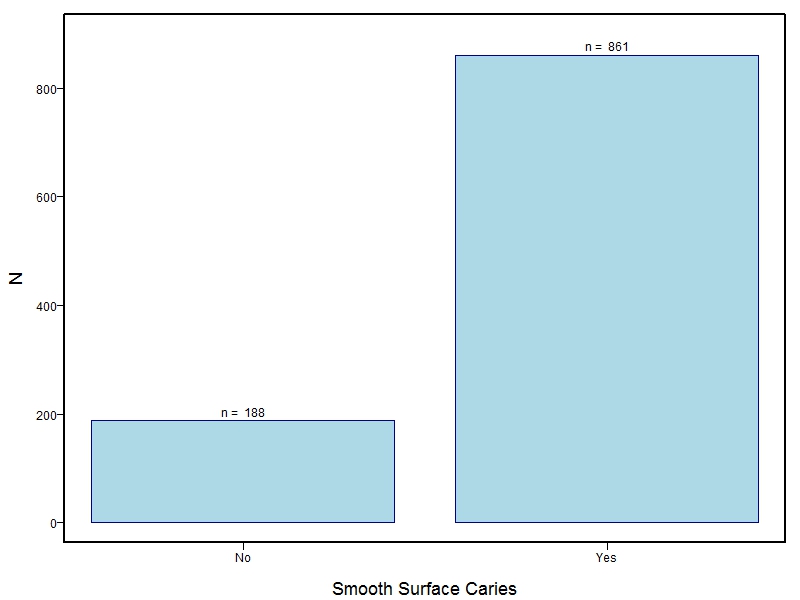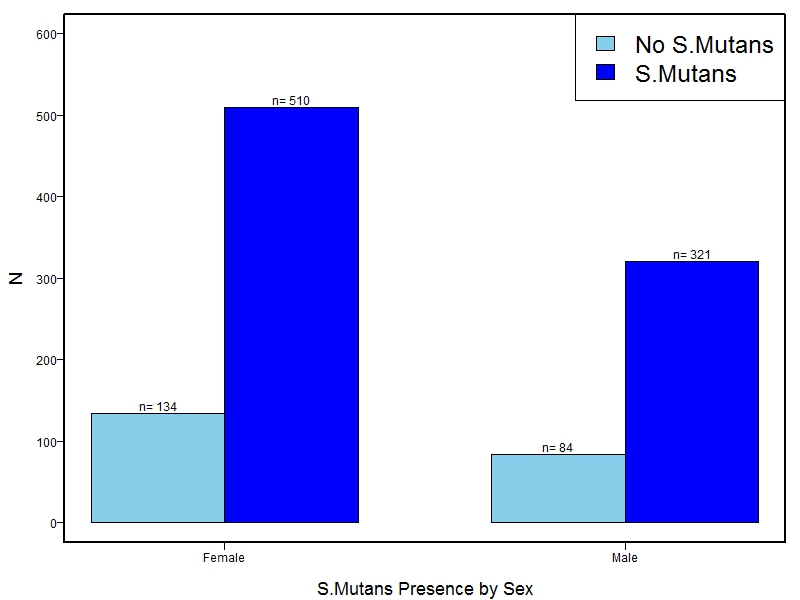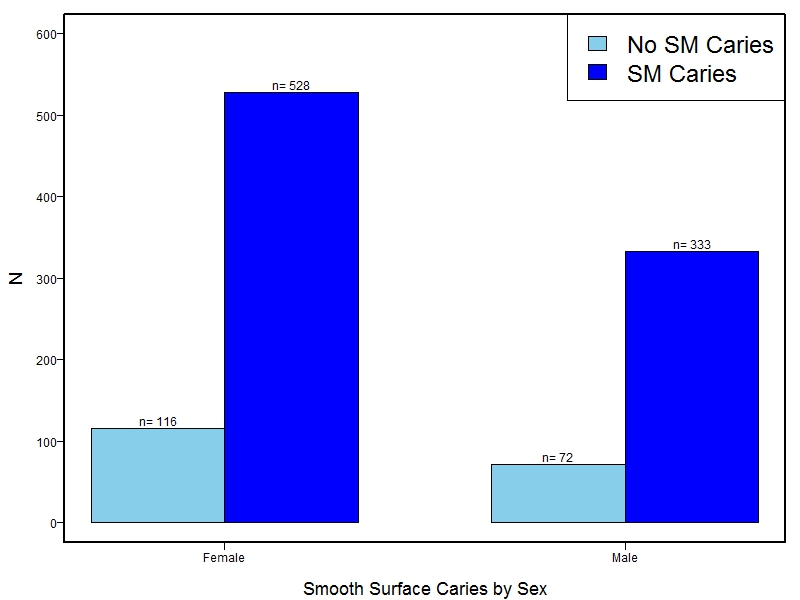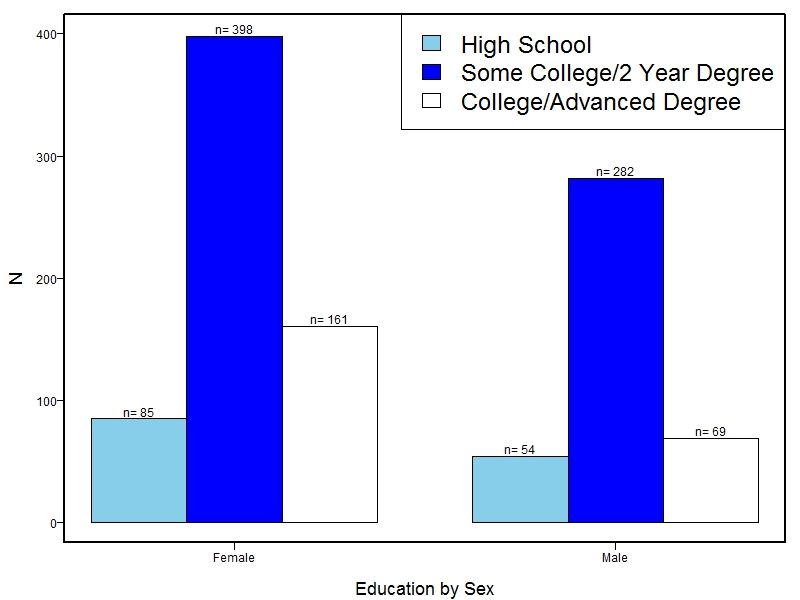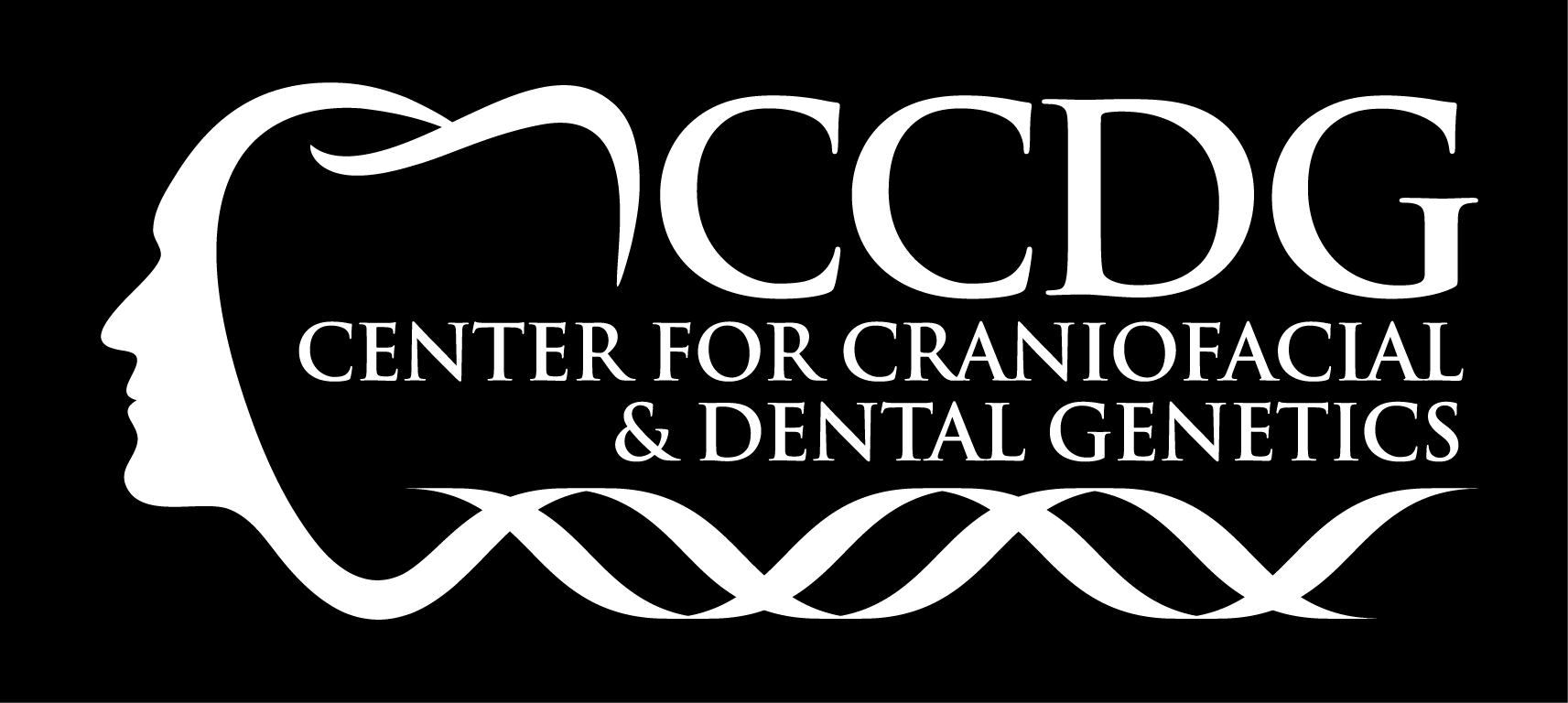Human Genomics Analysis Interface
dbGaP Study Accession: phs000095.v3.p1
Principal Investigator: Mary Marazita , University of Pittsburgh School of Dental Medicine, Pittsburgh, PA, USA
Funding Sources:
U01-DE018903, Dental Caries: Whole Genome Association and Gene x Environment Studies. National Institute of Dental and Craniofacial Research, National Institutes of Health, Bethesda, MD, USA
R01-DE014899, Factors contributing to oral health disparities in Appalachia. National Institute of Dental and Craniofacial Research, National Institutes of Health, Bethesda, MD, USA
R03-DE021425, Statistical Modeling and Genetic Epidemiology of Dental Caries in GWAS Analysis, National Institute of Dental and Craniofacial Research, National Institutes of Health, Bethesda, MD, USA
R01-DE09551, Longitudinal study of fluoride, diet, caries, and fluorosis. National Institute of Dental and Craniofacial Research, National Institutes of Health, Bethesda, MD, USA
R01-DE12101, Fluoride and other factors in childhood and adolescent bone development. National Institute of Dental and Craniofacial Research, National Institutes of Health, Bethesda, MD, USA
This study from the University of Pittsburgh’s Center for Craniofacial and Dental Genetics provides an opportunity to investigate the genetics of dental caries in the separately in pit-and-fissure surfaces and smooth surfaces. This project includes separate datasets and analyses for each surface type separately in primary and permanent dentition. This study is part of the Gene Environment Association Studies initiative (GENEVA ), which was developed through the trans-NIH Genes, Environment, and Health Initiative (GEI). Information on how to obtain individual level data is available on dbGaP. Genotyping and quality control details are available on dbGaP and are briefly described in Zeng et al. [Genome-wide Association Studies of Pit-and-Fissure- and Smooth-surface Caries in Permanent Dentition , J Dent Res 92(5):4321-437, 2013] and Zeng et al. [Genome-wide Association Study of Primary Dentition Pit-and-Fissure and Smooth Surface Caries , Caries Research 48(4):330-338, 2014].
Dental caries is one of the most common diseases worldwide. In the US, the prevalence in adults is approximately 90% (Beltran-Aguilar et al., 2005), and in some high-risk populations, the prevalence is even higher. Treatment of dental caries consumes significant resources each year, and untreated caries lesions can lead to pain, tooth loss, and oral infection, or other co-morbidities. Cariogenesis is affected my numerous environmental, behavioral, and genetic factors, including dietary behaviors, bacterial flora, fluoride exposure, salivary factors, tooth morphology, etc. (Hunter, 1988; Anderson, 2002). Recent work suggests that the effects of genetic factors on dental caries may differ between pit-and-fissure (PF) and smooth (SM) tooth surfaces (Shaffer et al., 2012b). It has also been well-established that PF surfaces exhibit much greater risk of developing caries lesions than do SM surfaces (Batchelor and Sheiham, 2004; Shaffer et al., 2012a,b), and progression of decay varies between these surface types.
Methods
Participants were drawn from two studies: the Center for Oral Health Research in Appalachia (COHRA) [Polk et al., 2008] and the Iowa Fluoride Study (IFS) [Levy et al., 2003]. Iowa Fluoride Study data were used only for primary dentition studies.
All tooth surfaces were scored based on visual inspection by dental experts who were calibrated across study sites annually. The traditional caries indices of dfs and DMFS were partitioned to generate separate phenotypes for smooth surfaces and pit-and-fissure surfaces.
For permanent dentition, linear regression was used to model additive genetic effects. PF surface analysis was adjusted for the covariates age, sex, and the presence or absence of Streptococcus mutans. SM-surface analysis was adjusted for the covariates age, education group (i.e., up to high school, some college, four- year degree or beyond), and the presence or absence of Streptococcus mutans. Covariates were determined by a forward selection strategy. Association between PF- or SM-surface caries scores and each SNP was tested. For primary dentition, covariates were age and age squared; meta-analysis was used to combine COHRA with two sub-samples of IFS that were genotyped separately. All analyses were limited to self-reported whites with genetically verified European ancestry.
Explore Project Data
The samples for this study come from participants the Center for Oral Health Research in Appalachia (COHRA) study and the Iowa Fluoride Study (IFS). Traditional caries indices of dfs and DMFS were partitioned to generate separate phenotypes for smooth surfaces and pit-and-fissure surfaces. The results of this study can be explored by dentition and surface type.
All genomic coordinates are mapped to Human GRCh37 - hg19 genome assembly.
Custom Plots
Please select one option from each of the categories. You must select one option from each available category to be able to submit the request.Publications
PMID: 24556642 "Genome-wide association study of primary dentition pit-and-fissure and smooth surface caries."
PMID: 23470693 "Genome-wide association studies of pit-and-fissure- and smooth-surface caries in permanent dentition."
PMID: 22405185 "Heritable patterns of tooth decay in the permanent dentition: principal components and factor analyses."

